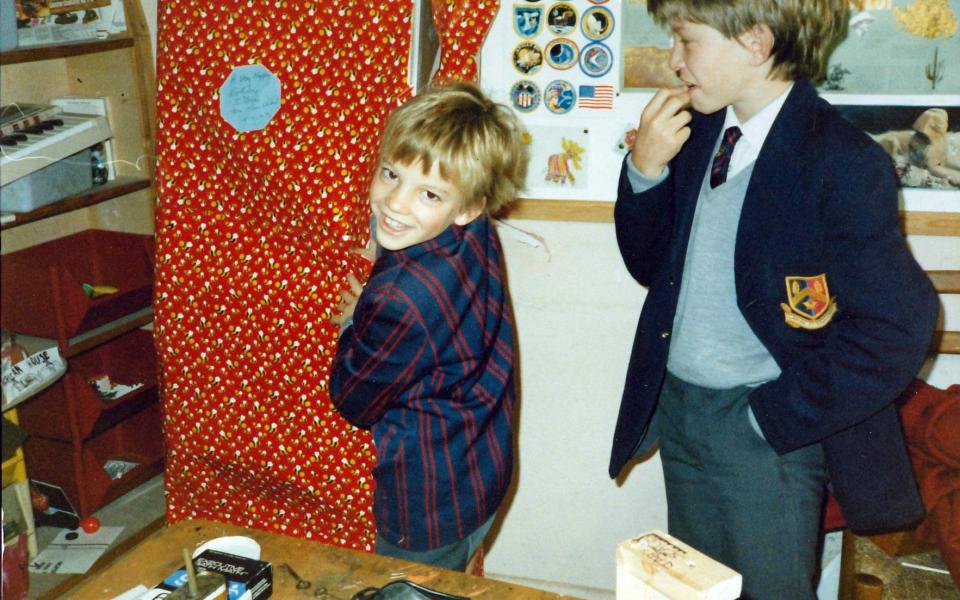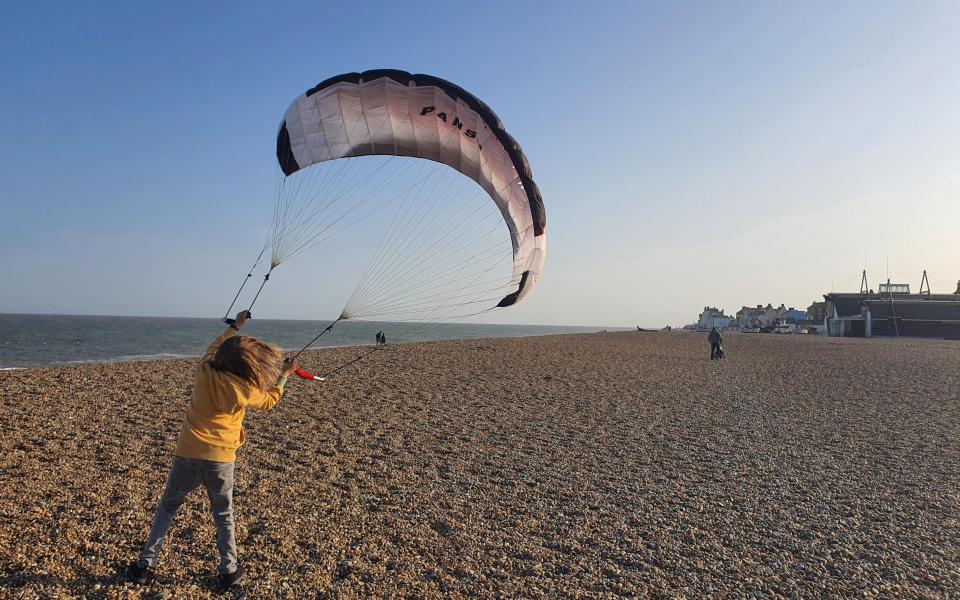What revisiting the sites of my old school trips taught me

You can never go back, so they say. But what if you could? Zip back in time, I mean, to those rose-tinted days of childhood, waiting for the coach to pull up at the school gates and whisk you away to somewhere infinitely more interesting than the classroom.
This was the inspiration for the way I spent my weekends during this unpredictable year of Covid. Without the stimulus of foreign travel, I mapped out instead an autobiographical safari of my Suffolk schooldays, revisiting locations from old school trips, as a test of how much the world had changed, and how time had changed me.
With the return of overnight school trips from May 17, children across the country are resuming their own adventures, including my own tiny terrors.
Like family holidays and birthdays, school trips are one of those things that ends up etched into the consciousness. I can’t remember most of the thousands of hours I spent in the classroom at school in Ipswich, but I can remember exactly what I had in my packed lunch on the day class 4B took the coach to Sutton Hoo.

Returning to the site of England’s most famous ship burial after 40 years, this time with my family in tow, felt like coming home. As a kid I was obsessed with the place – an unavoidable consequence of reading John Gordon’s school-trip-and-buried-king themed The Giant Under the Snow. I can still remember feeling a tingle of electricity the first time I walked around the grassy mound covering the remains of the funeral ship of Anglo-Saxon king Rædwald.
Returning as an adult, I was more interested in the logistics. How did they haul this massive burial boat uphill from the River Deben? What conversations (obviously effective) did Rædwald’s heirs have about protecting his lavish funeral treasures from grave robbers?
I certainly paid more attention to the plaques in the impressively revamped National Trust visitor centre on the site, and the finesse of the reproductions of Rædwald’s sword, shield and masked helmet (the timeworn originals are on display in the British Museum). My older son was less effusive – ‘not as good as Minecraft’ I believe was the phrase.
Revisiting the sites of old school trips was partly a piece of private nostalgia for me; a chance to reconnect with the Suffolk I grew up in after many years working in London and Asia. But it was also a mission to introduce my own children – half Finnish, and London-raised – to the back-story of the British side of their family.
The first place I hauled the clan on this voyage down memory lane was Flatford Mill on the Suffolk-Essex border, where Romantic painter John Constable created his famous The Hay Wain. Administered today by the National Trust, it’s an idyllic snapshot of rural East Anglia, and a fine destination for a family walk from the nearby village of Dedham.
When I visited with school, it was not the 18th-century mill that made the strongest impression – though the setting has hardly changed in the 200 years since Constable set up his easel – but the tortured willows lining the footpath between Flatford and Dedham along the River Stour.
Gratifyingly, the willows were still there today, and still tortured, like Ents, frozen mid-combat in the battle for Isengard. As a post-lockdown escape in perfect sunshine, clambering over the twisted branches felt like stepping back into a childhood polaroid, and a chance for some much needed fantasy-themed father-son bonding.

A cancelled ferry put the brakes on a planned reprise of my school trip to the shingle island at Orford Ness, but we were able to climb to the roof of stocky Orford Castle for a view of the ‘pagodas’ where the triggers for Britain’s first nuclear weapons were tested. While the children played knights and castles, I drifted off to school days tinged with anxiety about the atomic age, thanks to the proximity of the nuclear arsenal at RAF Lakenheath.
There were more trips with an atomic theme. A school visit to Sizewell Nuclear Power Station in Year Five was recreated recently as a kite-flying walk along the foreshore from Aldeburgh to Thorpeness, with the distant block of the Sizewell A reactor looming ominously beyond the shingle.
Ending the walk with ice creams on the seawall, I remembered borrowing 30p from the boy next to me on the coach to buy an Orange Maid lolly a generation earlier. I don’t remember if I ever paid him back.
So what did I learn recreating old school trips as an adult with my own brood in tow? The world feels smaller and less intense when you are grown up, certainly, and you can’t always rely on your children to have the same interests as you did at their age. But every now and then, you’ll find a point of connection that shrinks you down to their size – like encountering a real-life Ent on a riverside walk – and the journey home will be full of chat instead of the usual mood music of Minecraft on the Nintendo Switch.
Do you have fond memories of your childhood school trips? Leave your thoughts in the comments.


